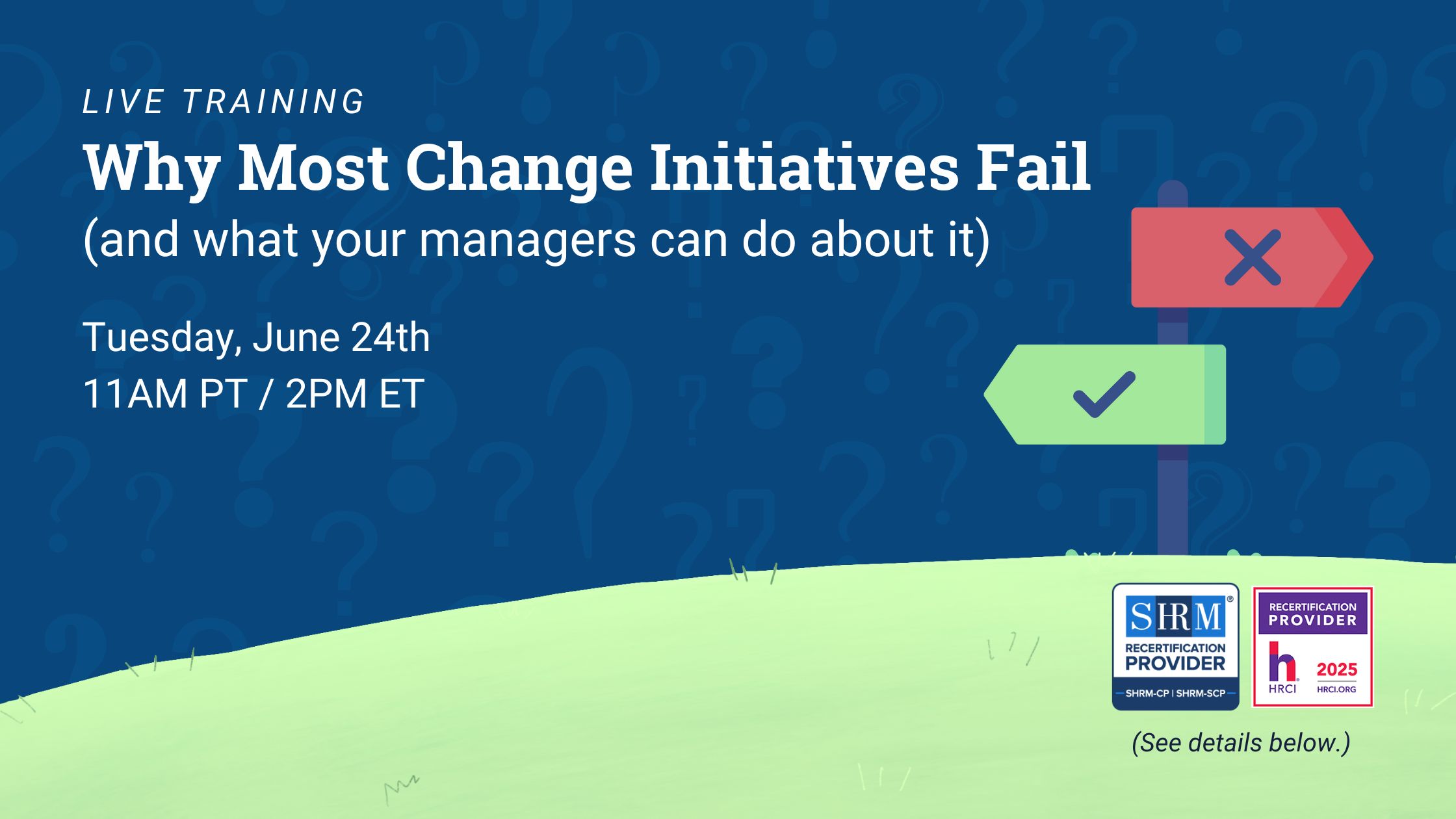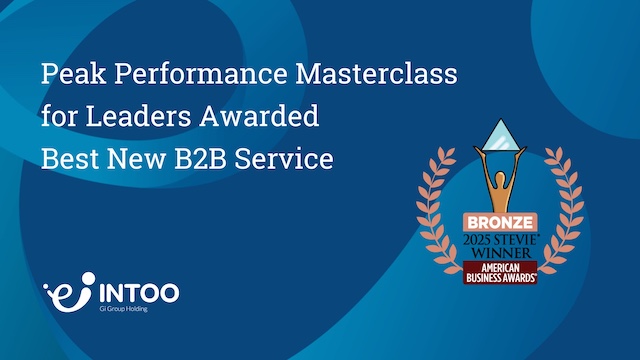In a tight labor market, a competitive employee benefits package is essential to attracting great talent. These days, it pays to think a little outside the box when deciding what those packages may include. Many potential employees today seek not just health insurance and retirement savings plans but also less quantifiable benefits like a great company culture and diversity initiatives.
That is why companies today are adding career outplacement services to their employee benefits packages. An outplacement strategy, which provides assistance at the crucial time when an employee is leaving the company, is essential for brand, workforce, and customer management. Here are five reasons why you should include outplacement services in your employee benefits package:
Attract great talent
An outplacement program can be a key recruiting tool. Intoo’s 2015 Workplace Flexibility Study revealed that 71% of job seekers are likely to choose a company that offers outplacement over a company that does not, if all other criteria are equal.
But while outplacement as an employee benefit is clearly popular with job seekers, only 34% of the organizations with 500+ employees surveyed in the study actually offered outplacement assistance. By engaging an outplacement firm now, your company can stand out among other organizations competing for the same talent.
Create a culture of transparency
A growing number of studies show that employees highly value open company communication. While it’s certainly important to provide resources to employees for clear communication during layoffs, by including outplacement as a basic employee benefit and letting employees know from the beginning of their employment that this service will be made available to them should they need it, your company can make it clear that employees will be cared for and valued, even if they leave the company.
Show you care about your employees as individuals
By making outplacement services a basic benefit, your company can show it is a forward-thinking organization by pledging to support your employees even beyond their time with the organization. An outplacement program openly recognizes the fact that the average American holds many jobs over their lives.
The median time an employee stays at a job is just 4.2 years. But of course, former employees share their opinions about the company long after they leave, affecting the company reputation, potential talent pool, and customer base for a lifetime. If your company goes beyond what most employers offer in their benefits packages and includes an outplacement program to help employees find a new job when they need it, you’ll vastly increase your chances of maintaining a positive brand reputation.
Improve retention of great employees
An attractive benefits package not only helps attract good employees but helps retain them. Continuing employees are able to appreciate the perks throughout their experience at your company—and will especially notice the benefits of an outplacement service should any of their colleagues get laid off.
When a company offers outplacement services, employees who stay with the company see that exiting employees are treated well, even as they leave. This is a key way to retain talent and manage reputation after a layoff. Having an outplacement service already in place as part of the benefits package will especially help should your company ever need to go through a reduction in force.
Retain lifelong customers
An outplacement program has wide-reaching effects and can help retain customers as well as employees—which means the lack of outplacement services could actually have the effect of shrinking a company’s customer base. In the age of social media, news of a company’s employee treatment can spread quickly, far beyond the company’s offices. If employees leaving a company feel abandoned or mistreated due to the lack of an outplacement program and choose to share those feelings on the internet, the company’s reputation—and customer base—can suffer.
In fact, Intoo’s Employer Branding Study found that 64% of consumers have stopped purchasing a brand after hearing news of that company’s poor employee treatment. Thus, it’s vitally important today for human resource departments to do everything possible to allow employees to leave companies on a positive note. Providing the services of an outplacement firm as an employee benefit will go a long way toward retaining customers.
__
If your company’s goal is to nurture great employees and expand its customer reach, it’s time to rethink pay and benefits packages that rely solely on traditional items like lump sum bonuses and accrued vacation time. Today’s employees should also be seen as potential lifetime customers or brand advocates, even after their tenure at your company ends.
Traditionally, outplacement services have been reserved for top executives who are offered a severance package when leaving a company. But with the popularity of Glassdoor and social media, it’s now especially important to offer outplacement services as a benefit to all employees. Virtual outplacement services, which offer services in a more conveniently accessible and affordable online platform, is a solution more companies are turning to as they expand their benefits packages.
Learn more about Intoo’s virtual outplacement services, which include one-on-one video and chat with a career coach, personalized resume review, interactive job interview practice, social media integration for networking, and a whole suite of cutting-edge job search tools.











